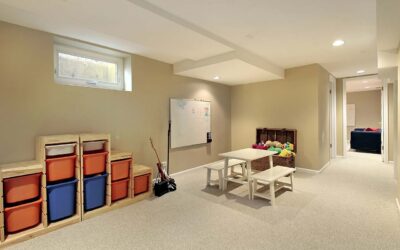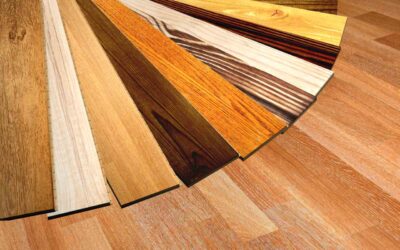No one would like to live on a damaged tile floor, tile floors are unattractive and also decrease the value of your home. If you start to notice damage or cracks in your tile floor, you should call a tile flooring contractor.
Here, we will tell you five reasons why the tile floor starts to crack.
1. Something Heavy Fell
If the crack is in an isolated or specific area, something heavy is probably dropped. Think about the times you have fallen into something profound: a piece of furniture, a ceramic plate, a grill, or a cast iron pot. All of these things, when dropped, may only show a dent at first; however, over time, it can spread if the area is subjected to continued pressure.
Remember that certain rooms in your home may be more vulnerable to tile floor cracking due to a fall. Your kitchen tiles can break if heavy pots and pans are dropped on the tile floor and when there is constant traffic. Consider remodeling your bathroom if a crack is forming and continuing to spread due to moisture.
2. Bottom Tiles
If you recently purchased the tile, it is customary to worry if the tiles you invested in need better quality. Fortunately, homeowners can rely on home improvement stores and other retail lines to meet ANSI and ASTM testing standards. Which means their tiles are made of quality material. If you verify that the tiles do not meet quality standards, it is recommended to avoid that brand.
3. Heavy Stationary Loads
Most residential slabs must meet ASTM C648 breaking strength standards. The test ensures that your tile can withstand up to 250 pounds of pressure per square inch.
It can withstand a lot of pressure, considering that a side-by-side refrigerator only exerts 75 pounds of pressure per square inch. It can sometimes happen that tile floors crack under heavy loads, but it is rare.
4. Installed On A Control Board
When tile cracks, most homeowners assume it has something to do with the tile itself. However, a contractor might tell you the flooring you walk on is just a thin layer. Because the concrete underneath is vulnerable to cracking, control joints are therefore used to ensure that it cracks in a predictable straight line. It is recommended that your contractor should never install tile over an area that he knows will eventually break.
5. Installed On Poorly Spaced Beams
The joists are the lowest layer of the floor and are responsible for supporting everything above it. This includes the subfloor, tile, people, furniture, and everything else. However, if your contractor spreads the joists too far, the tile floor will have nothing underneath to support all that weight. As a result, the tiles will begin to bend and possibly crack.




0 Comments